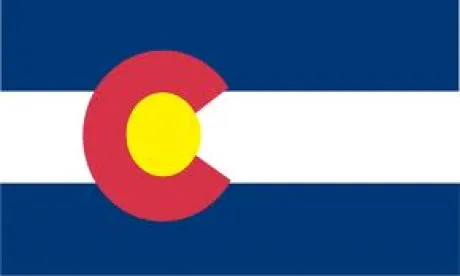Building on the Department of the Interior’s August 2022 announcement addressing the ongoing “megadrought” crisis in the Western United States, and October 2022 announcement that provided new “drought resilience” and mitigation funding opportunities, the U.S. Bureau of Reclamation (Bureau) on Oct. 28, 2022, published a notice of intent (Notice) to prepare a supplemental environmental impact statement (SEIS) under NEPA regarding management of the Colorado River system. The SEIS proposes to expedite review of the current “operating guidelines” (2007), to protect the long-term sustainability of the Colorado River System. Interior Department Secretary Deb Haaland said, “Revising the current interim operating guidelines for Glen Canyon and Hoover Dams represents one of many critical Departmental efforts underway to better protect the System in light of rapidly changing conditions in the Basin.”
In the Notice, the Bureau proposes to reduce annual releases from Lake Powell’s Glen Canyon Dam and Lake Mead’s Hoover Dam in the 2023 and 2024 operating years. The volume of water released from Glen Canyon Dam may be as low as 5.5 million acre-feet per year – with potentially significant impacts/reductions to certain Colorado River water users in the downstream states of Nevada, Arizona, and California.
Currently, the Bureau operates Lake Powell and Lake Mead according to the 2007 Colorado River Interim Guidelines and the 2019 Drought Contingency Plan, among other requirements of the “Law of the River.” Under the 2007 Guidelines, the Bureau’s operations require releases from Glen Canyon Dam of at least seven million acre-feet annually, and releases from Hoover Dam of at least nine million acre-feet annually.
While the 2007 Guidelines are set to expire at the end of 2025, the reservoir storage elevation of Lake Powell has declined to less than 25% full. With these low levels and worsening drought conditions, complying with the 2007 Guidelines may cause water levels at Glen Canyon Dam to fall below critical elevation during the next several years, which would threaten existing infrastructure and the Bureau’s ability to generate hydropower. Complicating matters further, the Upper Basin states (Colorado, Wyoming, Utah, and New Mexico) cannot legally reduce river flows below downstream delivery requirements under the Colorado River Compact.
Similarly, because Lake Mead is filled with water released from Lake Powell, changes to the release regime for Lake Powell directly affect Lake Mead. Lake Mead water levels are generally declining, reaching historic lows this past summer, causing hydropower production to decrease to about 33%. Lake Mead’s current elevation in the fall of 2022 is around 1045 ft, and the required elevation to produce hydropower is 1,000 ft.
The Notice outlines three alternatives the Bureau plans to analyze to determine future reservoir operations that are intended to better protect the Colorado River System from the projected hydrologic conditions:
-
Framework Agreement Alternative – in which a “consensus-based” set of actions would build on the existing Colorado River Operations framework and on commitments and obligations developed by the Basin States, Tribes, and non-governmental organizations as part of the 2019 Drought Contingency Plan.
-
Reservoir Operations Modification Alternative – in which a set of actions would be developed by the Bureau based on the Secretary of Interior’s authority to manage Colorado River infrastructure, as necessary, would take into account limitations of the consensus-based framework, and would consider how the Secretary’s authority could complement a consensus-based alternative that may not sufficiently mitigate current and projected risks.
-
No Action Alternative – in which existing agreements that control operations of the Glen Canyon and Hoover Dams would continue. The current efforts to facilitate water conservation in the Colorado River Basin would inform the Bureau’s assessment of continued implementation of the existing operations.
The short-term federal response actions proposed in the Notice would not supersede negotiations among the interested states and the federal government for post-2025 guidelines. The Notice also states that the Bureau anticipates modifying “shortage conditions” to decrease the quantity of water apportioned to the Lower Basin states for consumption. One measure being discussed is requiring the Lower Basin states to account for Colorado River water lost to evaporation and during transit for use in the Lower Basin states. The Upper Basin states already factor in water lost to evaporation and transit in their use, and Indian Tribes with Colorado River interests assert that under their water rights, the Bureau does not have authority to assess evaporation and transit losses against them.
The Notice initiates a “public scoping” process, which includes a 45-day period for public commenting. The draft SEIS is anticipated to be available for public review in spring 2023, and the final SEIS is anticipated to be available in late summer 2023.
Key Takeaway
Continued severe drought conditions in the Colorado River Basin, coupled with increased demand for water in the West, continues to present complex legal issues regarding state and tribal rights to use of available waters and significant challenges to traditional uses.





 />i
/>i
